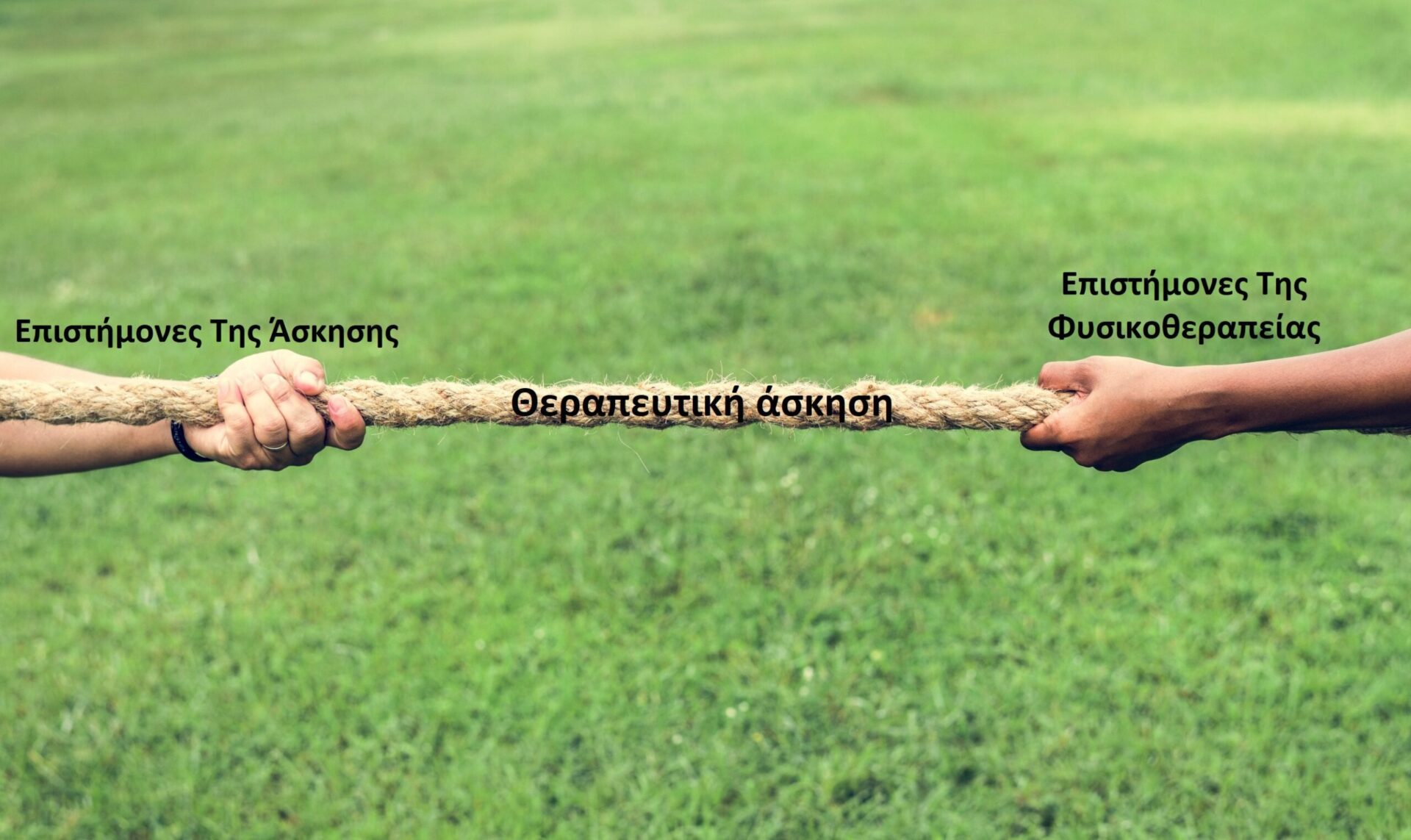Ο όρος, Exercise is medicine, θα έπρεπε να προάγει πρωτίστως το αίσθημα ευθύνης στους επιστήμονες της σωματικής άσκησης. Από μόνη της αυτή η πρόταση δεν προσδίδει καμία αξία και κύρος στα πτυχία των απόφοιτων ΣΕΦΑΑ.
Αξία και κύρος προσδίδουν μόνο οι επιλογές του επαγγελματία επιστήμονα της άσκησης και το τελικό αποτέλεσμα αυτών στην υγεία των ασκούμενων που τον εμπιστεύονται. Θα αναφερθώ για άλλη μια φορά σε μια διάκριση καθοριστικής σημασίας ανάμεσα στην σωματική άσκηση και τον αθλητισμό – πρωταθλητισμό.
Αν κάποια δοσολογία άσκησης μπορεί να εξυπηρετεί το συμφέρον του ασκούμενου, η μεγαλύτερη δοσολογία δεν συνεπάγεται υποχρεωτικά με μεγαλύτερο όφελος. Σε αυτό το σύνδεσμο, επιστημονικά δεδομένα για προβληματισμό και επαναξιολόγηση του ρόλου της επιστήμης της άσκησης και των λειτουργών της.
” People who exercise regularly have markedly lower rates of disability and a mean life expectancy that is 7 years longer than that of their physically inactive contemporaries. However, a safe upper-dose limit potentially exists, beyond which the adverse effects of exercise may outweigh its benefits.
- Chronic intense and sustained exercise can cause patchy myocardial fibrosis, particularly in the atria, interventricular septum, and right ventricle, creating a substrate for atrial and ventricular arrhythmias.
- Chronic excessive sustained exercise may also be associated with coronary artery calcification, diastolic dysfunction, and large-artery wall stiffening.
- Veteran endurance athletes in sports such as marathon or ultramarathon running or professional cycling have been noted to have a 5-fold increase in the prevalence of atrial fibrillation.
- Intense endurance exercise efforts often cause elevation in biomarkers of myocardial injury (troponin and B-type natriuretic peptide), which were correlated with transient reductions in right ventricular ejection fraction.”


